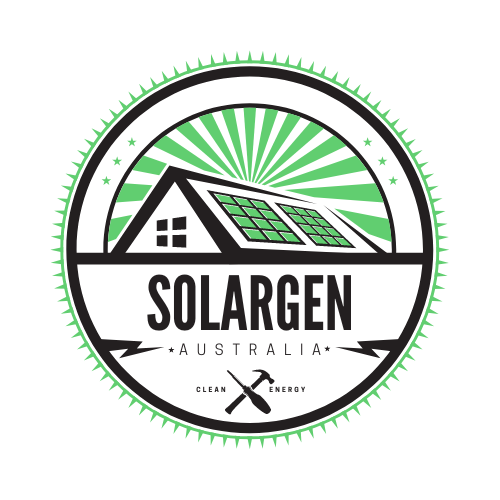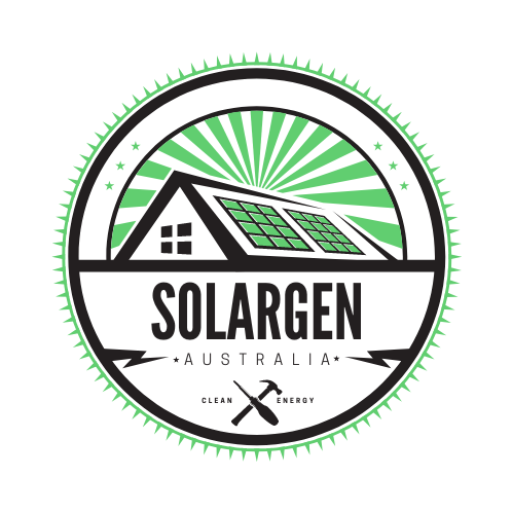G’day mates! Solar energy has been basking in the limelight, revolutionizing the way we harness energy and power our homes and businesses. From Cairns to Canberra, solar panels are popping up on rooftops, symbolizing a shift towards renewable energy. But have you ever wondered how these shiny panels convert sunlight into electricity? Let’s dive into the intricacies of how solar panels work and shed light on the science and technology behind this sustainable energy solution.
Introduction
Solar energy is clean, renewable, and sustainable, making it a vital part of the global move towards eco-friendly energy solutions. Australia, with its abundant sunlight, stands as a prime locale for solar energy adoption, helping us to reduce our carbon footprint and combat climate change. Understanding how solar panels work is crucial for anyone considering making the shift to solar energy. This guide aims to demystify the science and technology behind solar panels, offering a clear insight into how they function to convert sunlight into electricity.
The Basic Principle
Solar panels operate on a simple principle: they convert sunlight into electricity. This process, known as the photovoltaic effect, involves the release of electrons from atoms when exposed to light, generating a flow of electricity.
Components of a Solar Panel
A solar panel is primarily composed of solar cells, which are usually made from silicon. Each solar cell has two layers of silicon:
- N-Type Silicon: Has extra electrons.
- P-Type Silicon: Has extra spaces for electrons, called “holes.”
When sunlight hits a solar cell, it energizes the electrons, causing them to move from the n-type layer to the p-type layer, creating an electric current.

The Photovoltaic Effect
When sunlight, composed of tiny packets of energy called photons, collides with a solar cell, it can transfer its energy to an electron in the silicon. This extra energy allows the electron to escape from its normal position and become part of the electric current. This phenomenon is known as the photovoltaic effect.
Converting DC to AC
The electric current produced by solar panels is direct current (DC), but most homes and businesses use alternating current (AC). Therefore, a device called an inverter is used to convert the DC into usable AC electricity.
Powering Your Home
Once converted to AC, the electricity travels from the inverter to the home’s electrical service panel, which distributes it throughout the property to power lights, appliances, and other electrical devices.
Surplus Energy and the Grid
When the solar panels produce more electricity than needed, the surplus can be fed back into the grid, and in many cases, households can receive credits on their energy bills through feed-in tariff schemes.
Conclusion
Solar panels are a beacon of hope in our pursuit of sustainable and renewable energy sources. By leveraging the abundant sunlight in Australia, we can tap into a cleaner, greener energy source, reduce our reliance on fossil fuels, and make a positive impact on our environment.
Understanding the science and technology behind solar panels—how they capture sunlight and convert it into usable electricity through the photovoltaic effect—is key to appreciating the value and potential of solar energy. As we continue to adopt solar energy across the continent, we not only secure a sustainable future for the next generation but also contribute to a healthier, more balanced ecosystem.
If you’re contemplating diving into the world of solar energy or are keen to learn more about sustainable living, feel free to explore our site or drop us a line. Let’s illuminate our lives with the power of the sun and lead the way to a brighter, greener future!





